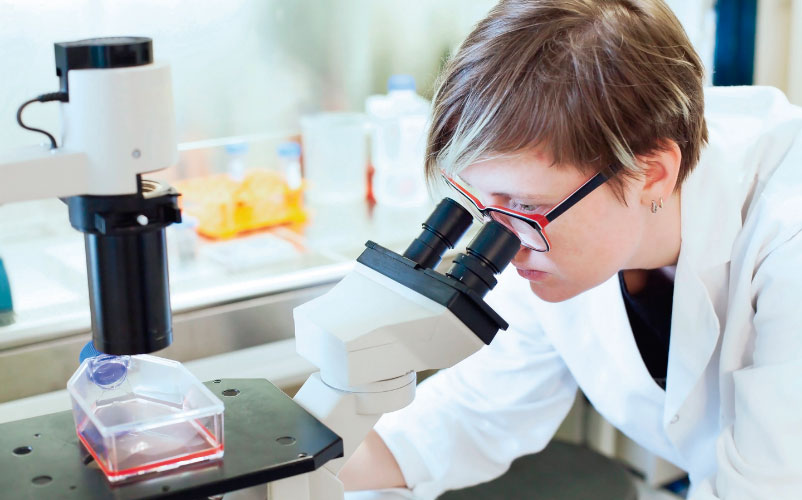Where Are LAL Assays Used?
 The LAL assay (short for Limulus Amoebocyte Lysate) is the most popular method for quantifying bacterial endotoxins. Endotoxins are lipopolysaccharides that can trigger a harmful immune reaction if they enter the human body. For this reason, endotoxins must be carefully monitored to ensure that their levels are below safe thresholds. Due to its reliability and low cost, the LAL assay is applied in numerous settings for endotoxin detection.
The LAL assay (short for Limulus Amoebocyte Lysate) is the most popular method for quantifying bacterial endotoxins. Endotoxins are lipopolysaccharides that can trigger a harmful immune reaction if they enter the human body. For this reason, endotoxins must be carefully monitored to ensure that their levels are below safe thresholds. Due to its reliability and low cost, the LAL assay is applied in numerous settings for endotoxin detection.
Pharmaceuticals
Endotoxins are a common concern in pharmaceuticals manufacturing. Since water is the main ingredient of many drugs, waterborne bacteria pose a risk of introducing endotoxin. Bacteria can also be required to manufacture certain drugs, such as synthesizing peptides, and thus their endotoxins must be removed from the products. Even after sterilization, endotoxins can remain present due to their high resistance to heat.
The FDA places strict guidelines on endotoxin levels in pharmaceutical products. The guidelines vary depending on the type and dose of a given drug. For example, drugs intended for intrathecal injection have a maximum allowed limit of 0.2 Endotoxin Units (EU) per kg. Pharmaceutical companies frequently turn to the LAL assay to confirm that their endotoxin levels are within safe limits.
Medical Devices
Similar to pharmaceuticals, medical devices are required by the FDA to maintain endotoxins levels below the safe limit. For most products, the maximum allowed is 0.5 EU per mL of device extract. All medical devices that may come in contact with human tissue or fluids must be tested for endotoxins, including catheters, pacemakers, and dialysis tubing.
To test for endotoxins, medical devices must be rinsed using an extracting solution. Water or saline was traditionally used for this purpose; however, recent studies have shown this can allow certain substances like metals, amino acids, antibiotics, or enzymes to interfere with the LAL assay. The Endotoxin Extracting Solution from FUJIFILM Wako avoids this problem and allows for robust, efficient extraction of endotoxins. The solution is particularly effective for devices that may come into contact with fluids containing blood or protein.
Hospitals
Hospitals also rely on the LAL assay to detect endotoxins. In particular, the water used to rinse reusable medical devices, such as surgical equipment, can be a potential source of endotoxin contamination. Chromogenic LAL kits such as the Limulus Color KY Series are ideal for a hospital setting due to their high sensitivity and ease of use. This kit enables endotoxin detection in a single tube or microplate format and is resistant to false positive results from fungal glucans.
Laboratory Research
In addition to their toxicity in humans, endotoxins can create problems in a laboratory research setting. Endotoxins can interfere with the growth and function of cell cultures, particularly immune cells, and they can also cause inflammatory reactions in laboratory animals. Contamination can arise from a variety of sources including water, serum, cell culture reagents, and plasticware/glassware. To avoid endotoxin contamination, FUJIFILM Wako offers a variety of endotoxin-free products in the BioClean® Series, which includes pipette tips, test tubes, and caps.
LAL REAGENT KIT:
 |
 |
 |
| Limulus PS Single Test | Kit of 4 PYROSTAR™ ES-F (5.2 ML) with CSE | PYROSTAR™ ES-F/Plate with CSE |



